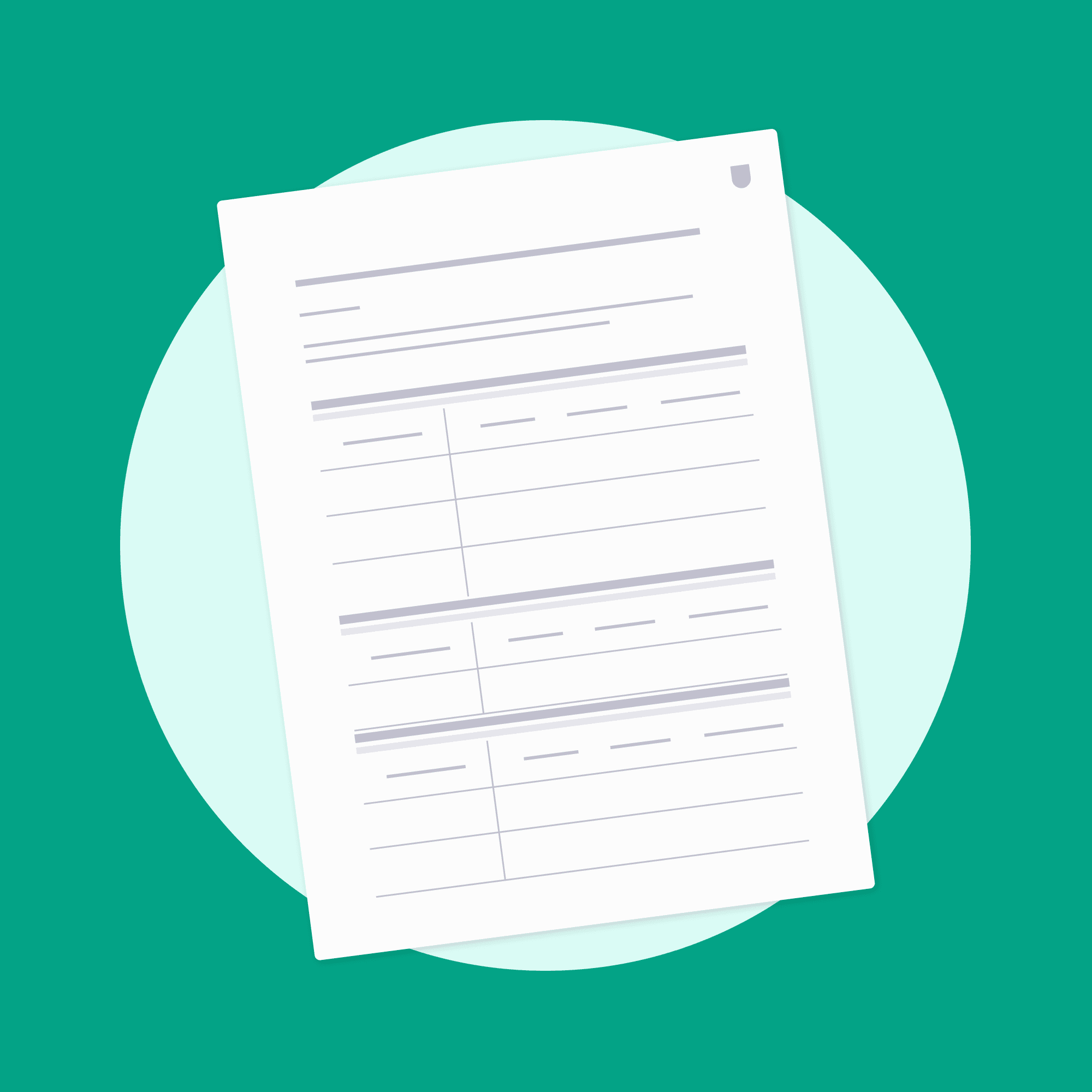Updated: December 5, 2024- 11 min read
Keeping users around isn’t just a nice-to-have — it’s a must. User churn costs U.S. providers a staggering $168 billion every year (CallMiner). If the figure doesn’t make you pause, consider this: in 2013, brands spent about $9 to acquire a new customer. Fast forward to 2022, and that number flew up to $29 — a 222% increase (SimplicityDX).
So, lesson number 1 — acquisition is getting more expensive.
Meanwhile, selling to an existing customer offers far better odds. According to Forbes, you have a 60% to 70% chance of closing the deal, compared to just 5% to 20% for new prospects. And if you need more convincing: returning users spend a lot more than newly acquired ones.
Lesson number 2? The ability to retain users guarantees a huge payoff.
These numbers highlight a critical truth: focusing on user retention isn’t just a good strategy—it’s essential for any serious Product-led Growth. The rest of this article breaks down how you can measure user retention effectively and gives actionable tips to improve it. Let’s dive in.
Growth Metrics Cheat Sheet
Master the metrics you need to keep things moving 'up and to the right'! Our Growth Metrics Cheat Sheet covers 45 metrics to measure success at every stage—from acquisition to revenue and referral.
Get the Cheat Sheet
What Is User Retention, and Why Is it Critical?
You have to understand how the product actually works, what the client's mental model is, and then craft a design that really helps clients understand it.
— David Myszewski, VP Product at Wealthfront, on The Product Podcast
User retention refers to how effectively a product keeps users coming back over time. It’s not just about making a great first impression but about ensuring that users integrate your product into their regular routines or workflows.
Retention is what separates products that dim out from those that reach a product-market fit.
Think of it this way: without solid retention, acquisition efforts are wasted. If users sign up but don’t stick, you’re constantly pouring resources into attracting new ones — essentially pouring water into a hollow bottle.
In mature product organizations, retention isn’t just a metric — it’s a signal of good product experience. A strong retention rate indicates that the product is meeting user expectations, solving pain points, and delivering consistent value.
Many growth approaches, like engineering Growth Loops, position retention as the anchor. The idea is that a product with high retention naturally amplifies every acquisition effort because retained users are likely to recommend it to others. This in turn fuels organic growth.
Retention also plays a central role in predictable revenue growth models, especially in subscription-based or SaaS businesses.
Product managers who focus on retention improve the product’s Lifetime Value (LTV) and other retention metrics, which allows for more effective budgeting and resource allocation. When users stick around longer, your company can afford to invest more in strategic product initiatives, product marketing, or R&D without compromising profitability.
User Retention Rate vs Customer Retention Rate
User retention rate measures how many individual users continue engaging with your product over a given period. It’s commonly used for digital products like apps or SaaS platforms, where the focus is on keeping users active.
Customer retention rate, on the other hand, tracks how many paying customers stay with your business, usually over a subscription period. This metric is more relevant for B2B or service-based businesses, focusing on revenue and long-term customer relationships.
In short, user retention is about engagement, while customer retention focuses on loyalty and revenue.
User Retention Rate vs Churn Rate
User retention rate looks at how many users stay active with your product, while churn rate measures how many users leave or stop using it. They’re essentially two sides of the same coin—if retention goes up, churn goes down, and vice versa.
Retention helps you track success in keeping users, while churn highlights where you're losing them. Both metrics are crucial for understanding product performance and identifying areas for improvement.
How to Measure User Retention
Measuring user retention helps product managers understand how well the product keeps users engaged over time. It offers insights into whether the product delivers ongoing value and identifies areas for reducing churn. Below are several methods for tracking user retention effectively and how to calculate user retention rates.
1. Cohort Analysis
This approach groups users based on a shared characteristic or behavior during a specific period, such as users who signed up in a given month. Analyzing cohorts reveals retention patterns and helps identify whether certain campaigns or product changes impact user behavior positively or negatively.
A common way to use cohort analysis is to track retention curves — visual graphs showing the percentage of active users for each cohort over time.
The curve typically drops off over time, but the goal is to slow that decline. If one cohort retains more users than others, it can signal that something in that onboarding experience or product marketing campaign worked well.
2. Retention Rate Formula
A simple way to measure how many users continue using the product over a given period. It’s one of the common product metrics used by Data Product Managers to track the health of the product. Tracking 1-day, 7-day, and 30-day retention rates highlights when users are most likely to disengage.

3. DAU/MAU Ratio
This measures the frequency of user engagement by dividing Daily Active Users (DAU) by Monthly Active Users (MAU). A higher ratio indicates that the product becomes a regular part of the user's routine.
4. Time-Based Retention Metrics
These metrics reveal when users drop off. Monitoring short-term and long-term retention gives data-driven product managers insight into whether onboarding is effective and if users find enough value to stick around.
5. Churn Rate as a Companion Metric
Retention is the flip side of churn. Keeping an eye on churn reveals how many users leave and helps identify gaps in the user experience.
6. Net Revenue Retention (NRR)
This metric tracks revenue from existing users, accounting for upgrades, downgrades, and churn. A high NRR indicates that not only are users staying, but they are also spending more over time.
Unlike basic retention metrics that only look at user counts, NRR provides a revenue-focused view of customer behavior. It gives product managers insight into how well the product sustains and grows revenue from the existing customer base.
7. Behavioral Retention Metrics
Behavioral retention metrics go beyond tracking logins and look at key actions users take within the product — the activities that indicate value and engagement. These metrics are powerful because they focus on meaningful interactions that reflect how users derive value from the product, not just whether they access it.
Tracking behavior helps product managers understand what keeps users coming back. For example, in a messaging app like Slack, it’s not enough to know how many users logged in; what really matters is how many sent a message, joined a channel, or reacted to a post. This way helps to properly approach app user retention efforts.
7 Tips to Increase User Retention Rate

Improve Onboarding to Drive Early Engagement
The onboarding process is the first part of the product experience where users decide if your product is worth their time. A seamless onboarding process reduces friction and builds confidence by guiding users toward the actions that unlock value quickly.
For data-driven products, an effective onboarding experience ensures users adopt product features early, which is crucial for long-term retention.
Clarify value quickly: Use value proposition canvas to ensure users immediately understand how your product solves their problem. Use well-placed tooltips, walkthroughs, or quick-start guides.
Guide users toward key actions: Use behavioral insights to highlight critical steps (e.g., setting up a profile or creating their first report) that correlate with long-term retention.
Provide progress nudges: Utilize the Endowed Progress Effect, a phenomenon where users are more likely to complete a task, by showing onboarding progress (e.g., 70% complete) to motivate users to finish.
Data-Driven Personalization as a Key User Retention Strategy
Personalization is a powerful tool for improving retention because it ensures users see content, features, and recommendations that align with their needs.
For data product managers, the ability to segment users based on behavior and usage patterns allows for a data-backed customer experience. Personalization makes the product feel tailor-made — it increases user satisfaction and deepens engagement.
Use behavioral segmentation: Segment users based on how they interact with the product and tailor experiences (e.g., feature recommendations) to align with their needs.
Deploy dynamic content: Customize dashboards, emails, or in-app messaging with user-specific content to keep interactions relevant.
Monitor feature adoption: Identify which users have yet to try new features and send targeted nudges encouraging them to explore.
Implement Proactive Customer Success
A proactive customer success strategy ensures that you engage with users before they experience frustration or churn. By monitoring user flow and identifying warning signs early, product managers can intervene with personalized support or resources to retain at-risk users.
Proactive customer success fosters trust and keeps users satisfied by making them feel supported throughout their journey.
Identify churn signals early: Track behaviors that indicate disengagement (e.g., reduced logins or missed key actions) and act before users leave.
Provide personalized outreach: Use triggered emails or in-app notifications when a user shows signs of struggle or disengagement.
Offer self-service resources: Create FAQs, videos, and knowledge bases that address common issues without users needing to contact support.
Build Habit-Forming Product Experiences
Creating habit-forming product experiences makes your product indispensable by weaving it into users’ routines.
This goes beyond just usability — successful products incorporate triggers, rewards, and seamless workflows that align with user behaviors. When users feel a sense of accomplishment or value with every interaction, the product becomes part of their daily or weekly habits, reducing the risk of churn.
Apply the Hook Model: Ensure that key actions (like checking data insights) fit naturally into the user’s daily routine. Include triggers (reminders) and variable rewards (new insights or recommendations).
Use gamification elements: Incorporate progress bars, badges, or streaks that make users feel accomplished and incentivize frequent engagement.
Optimize recurring workflows: Streamline repetitive tasks to make the product feel essential. Users are more likely to return if it saves time or adds convenience.
Encourage User Feedback and Close the Loop
Collecting user feedback gives you direct insights into what users love, what frustrates them, and what they need to stay engaged. But feedback alone isn’t enough—you need to act on it and communicate those actions back to users.
This "closing the feedback loop" creates a sense of partnership between your product team and the users, building trust and fostering loyalty.
Create feedback channels: Offer multiple ways for users to submit feedback — surveys, live chat, or community forums.
Act on feedback quickly: Let users know when their feedback results in product improvements, fostering trust and loyalty.
Develop an iterative roadmap: Involve key users in product roadmaps like these examples through beta programs or advisory boards. Engaged users feel invested and stick around longer.
Use Re-Engagement Strategies
Even with the best efforts, some users will drift away. This makes re-engagement strategies essential.
A smart re-engagement strategy uses behavioral insights to win back inactive users through personalized messaging, exclusive offers, or feature highlights. By reminding users of your product’s value, you can reignite interest and extend their lifetime with your product.
Automate win-back campaigns: Reach out to inactive users with personalized emails or offers to re-engage them.
Incentivize return behavior: Offer discounts, new features, or exclusive content as rewards for reactivation.
Build behavioral triggers: Set up in-app reminders or push notifications tied to key usage moments (e.g., “You haven’t updated your data dashboard this week!”).
Monitor and Optimize Key Retention Metrics Continuously
Improving retention requires continuous monitoring and iteration. Product analytic metrics like cohort analysis, churn rate, and feature usage tracking offer insights into what’s working and what isn’t.
Senior product managers must treat retention as an ongoing effort, using data to fine-tune product strategies and align with evolving user needs.
Run cohort analyses regularly: Identify which user groups have better retention and learn from their behavior.
Experiment with retention strategies: Use A/B testing to optimize emails, in-app messages, and product flows.
Refine feature usage tracking: Continuously monitor which features drive engagement and identify underused elements that need improvement.
These approaches ensure that your product stays relevant and valuable to users over time. Strong retention is not the result of a one-off initiative—it’s built through ongoing refinement, proactive engagement, and a deep understanding of what keeps users coming back.
User Retention Analytics Make a Difference
User retention is the lifeblood of a sustainable product growth strategy. The companies that master retention are the ones that don’t leave it to chance. They iterate, analyze, and act with precision.
Think of retention as an ongoing conversation between your product and your users — one where every interaction matters.
The essence lies in small, meaningful actions compounded over time. A well-timed nudge, a seamless feature update, or a proactive message can make all the difference. Treat retention like a game of chess: every move matters, and the end goal is long-term success.
The payoff isn’t just keeping users — it’s building a product they won’t want to live without.
Product-Led Growth Micro-Certification (PLGC)™️
Experience the game-changing potential of Product-Led Growth (PLG) as it revolutionizes the role of Product Managers and their impact on organizations.
Enroll now for free
Updated: December 5, 2024





